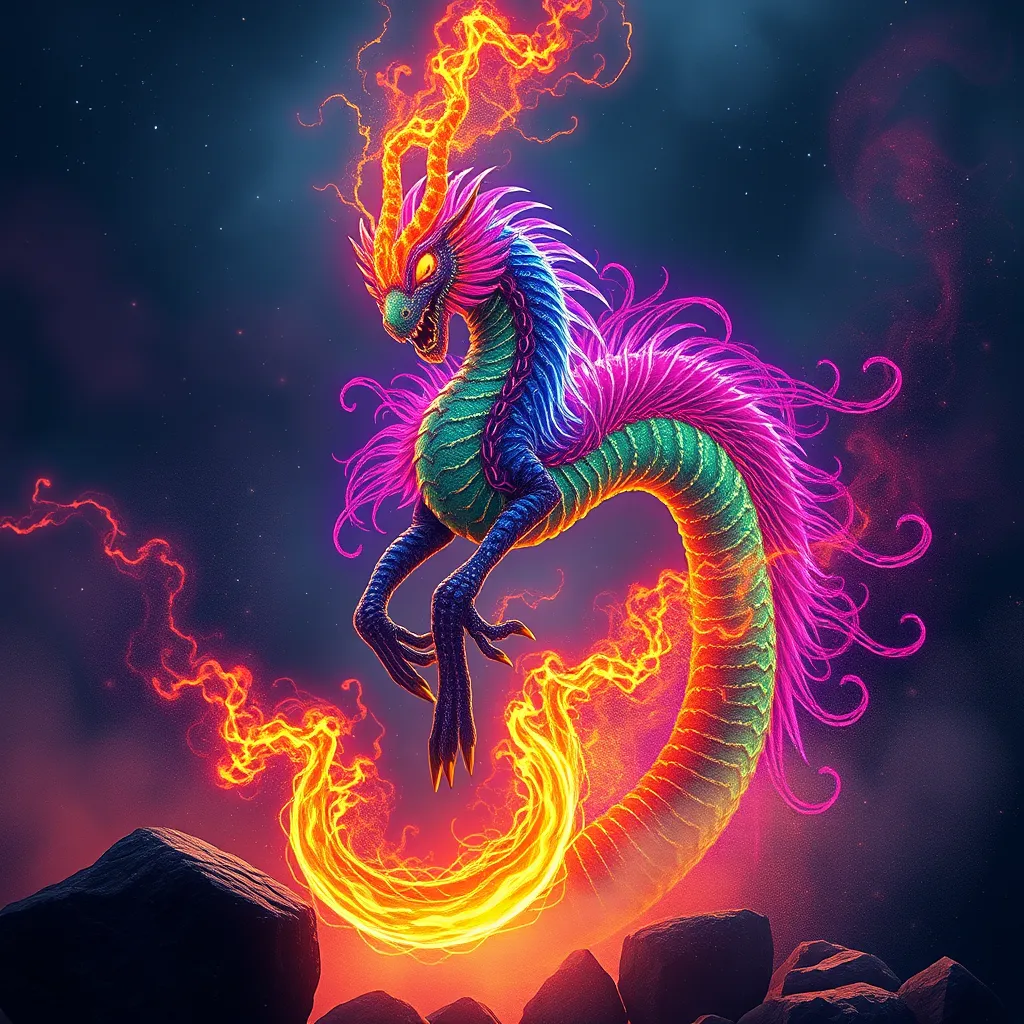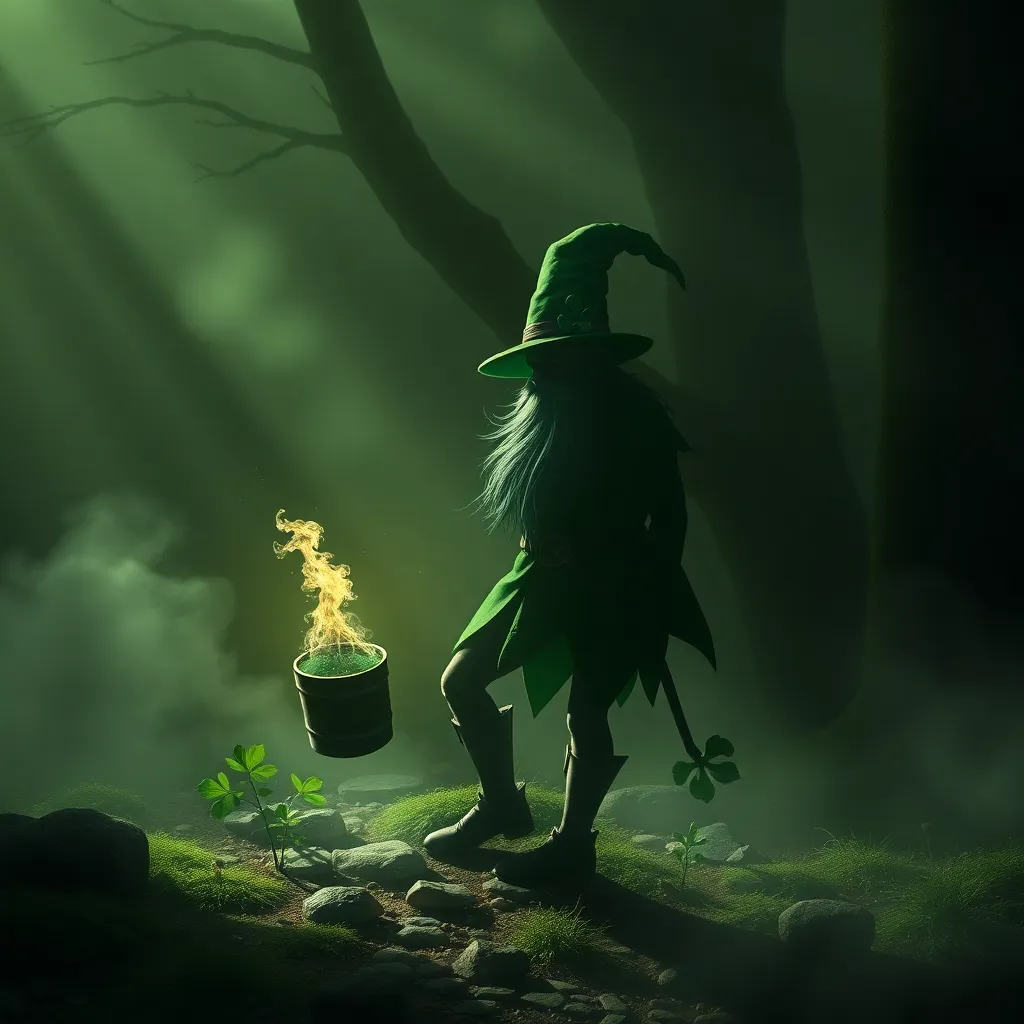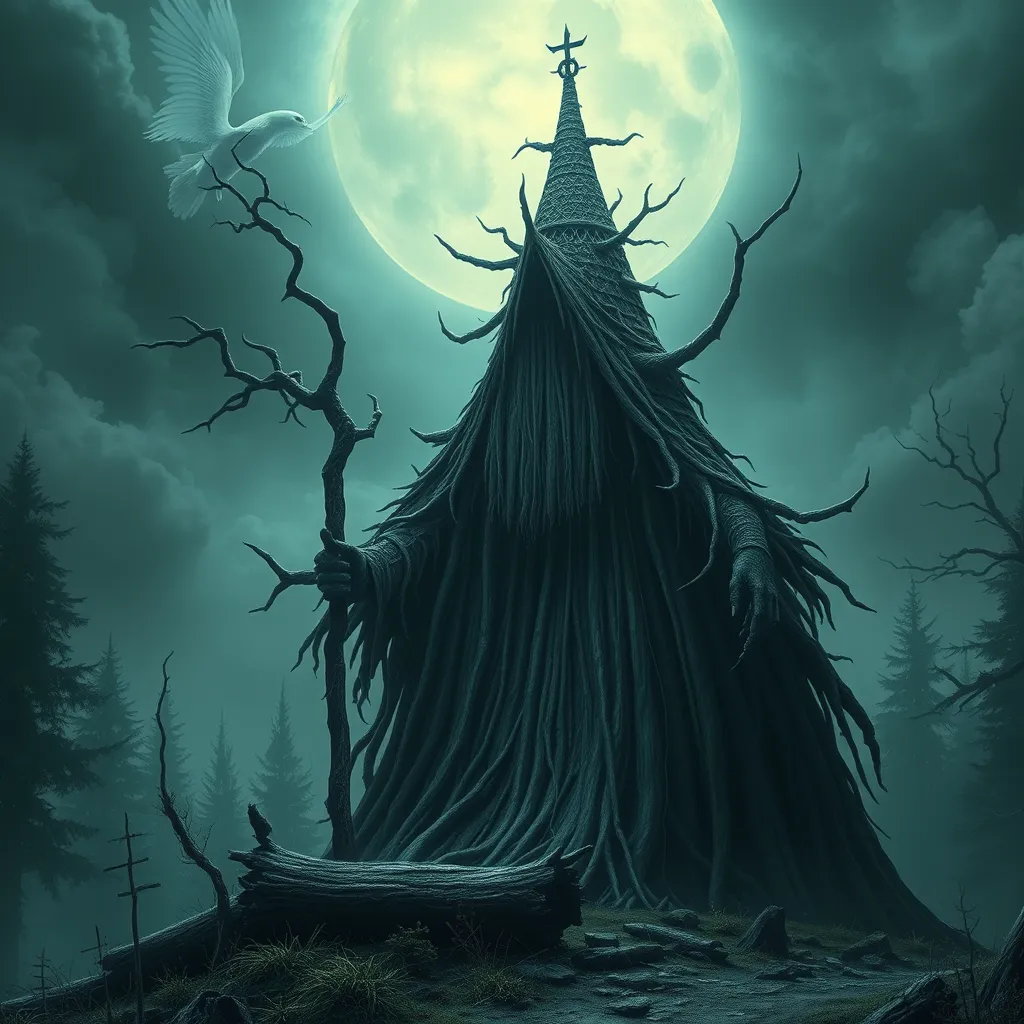The Chimera in Australian Aboriginal Mythology: The Rainbow Serpent and Other Creatures
I. Introduction
A chimera, in mythology, refers to a creature that is a blend of different animals, often possessing characteristics of each. These hybrid beings symbolize various themes, from chaos to creation. Australian Aboriginal mythology is rich with such creatures, intertwining nature, identity, and spirituality.
Among these mythical beings, the Rainbow Serpent stands out as a central figure, embodying the connection between the land and its people. This article explores the significance of the Rainbow Serpent and other chimeric entities within the vast tapestry of Aboriginal mythology.
II. The Concept of the Chimera in Mythology
A. Definition and characteristics of a chimera
A chimera typically represents a fusion of multiple animals or elements, creating a unique being with diverse traits. These creatures often reflect the complexities of existence, embodying both harmony and conflict.
B. Role of hybrid creatures in global mythologies
Hybrid creatures appear across various cultures, serving as symbols of:
- Creation and destruction
- Balance between nature and chaos
- Transformative powers
C. Connection to Australian Aboriginal beliefs
In Aboriginal cosmology, hybrid creatures like the Rainbow Serpent encapsulate the interconnectedness of life, land, and spirituality, illustrating the belief that all elements of nature are intertwined.
III. The Rainbow Serpent: A Central Figure
A. Origins and variations of the Rainbow Serpent myth
The Rainbow Serpent is a primordial being in Australian Aboriginal mythology, with myths varying across different tribes. While some view it as a benevolent creator, others perceive it as a fierce protector of the land.
B. Symbolism of the Rainbow Serpent in Aboriginal culture
The Rainbow Serpent symbolizes:
- Water and fertility
- Creation of landscapes and waterways
- Connection to ancestors and spiritual realms
C. The Rainbow Serpent as a creator and destroyer
This duality reflects the balance of life; the Rainbow Serpent can nurture the land with rain and water, yet bring destruction through floods and storms. This ability to create and destroy highlights the respect and reverence Aboriginal peoples have for nature.
IV. Other Hybrid Creatures in Aboriginal Lore
A. Overview of other significant creatures in Aboriginal mythology
Beyond the Rainbow Serpent, Australian Aboriginal mythology features several other hybrid creatures that play crucial roles in storytelling and cultural identity.
B. Examples of hybrid beings and their roles
- Bunjil: The Eaglehawk, often depicted as a creator god.
- Mulloka: A fish-woman who embodies the connection between land and water.
- Daramulum: A sky god who maintains the balance between earth and the spiritual world.
C. Cultural significance of these creatures
These beings serve as cultural touchstones, encapsulating the values, beliefs, and environmental knowledge of Aboriginal communities. They are integral to ceremonies, songs, and oral traditions.
V. The Role of Nature and Environment in Shaping Myths
A. Connection between the Rainbow Serpent and Australian landscapes
The Rainbow Serpent is deeply linked to the Australian landscape, believed to have shaped rivers, mountains, and valleys. Its presence in the land signifies the importance of place in Aboriginal spirituality.
B. Influence of climate and ecology on the creation of mythical creatures
The harsh climates and diverse ecosystems of Australia have influenced the characteristics and narratives of these mythical beings, leading to adaptations that reflect the environment’s challenges and gifts.
C. Storytelling as a means of environmental education
Through storytelling, Aboriginal peoples impart knowledge about the land, its resources, and how to live harmoniously with nature. Myths serve as lessons in sustainability and respect for the environment.
VI. The Chimera as a Reflection of Cultural Identity
A. The significance of mythical creatures in Aboriginal identity
Mythical creatures like the Rainbow Serpent are integral to Aboriginal identity, representing cultural heritage, history, and spirituality. They connect individuals to their ancestors and the land.
B. The role of storytelling in preserving cultural heritage
Storytelling is a vital aspect of Aboriginal cultures, preserving myths and teachings through generations. It fosters a sense of community and belonging among the people.
C. Contemporary interpretations and adaptations of these myths
In modern times, there has been a resurgence of interest in Aboriginal myths, leading to new interpretations in art, literature, and education. These adaptations help to bridge cultural gaps and promote understanding.
VII. Comparative Analysis with Other Mythologies
A. Similarities between the Rainbow Serpent and creatures from other cultures
Many cultures have their versions of serpent-like deities, such as:
- Quetzalcoatl in Aztec mythology: A feathered serpent representing wind and learning.
- Yggdrasil in Norse mythology: A cosmic tree with serpentine creatures, symbolizing life and death.
B. Differences in symbolism and narrative structure
While many cultures celebrate their serpentine figures, the Rainbow Serpent’s direct connection to the land and water is uniquely emphasized in Aboriginal tales, showcasing a deep reverence for the environment.
C. The universality of hybrid creatures in mythology
The presence of hybrid creatures across cultures highlights a universal human fascination with the unknown and the blending of natural elements, reflecting our attempts to understand the world around us.
VIII. Conclusion
The Rainbow Serpent and other hybrid creatures in Australian Aboriginal mythology are not just remnants of folklore; they are vital components of cultural identity, environmental wisdom, and spiritual beliefs. Their stories encapsulate the relationship between the people and their land, emphasizing the importance of harmony and respect for nature.
As we continue to explore and engage with these myths, their enduring legacy remains relevant in modern society, fostering cultural discourse and understanding. The lessons embedded in the tales of the Rainbow Serpent and other chimeras remind us of the interconnectedness of all life and the importance of preserving the rich tapestry of human history and belief.



